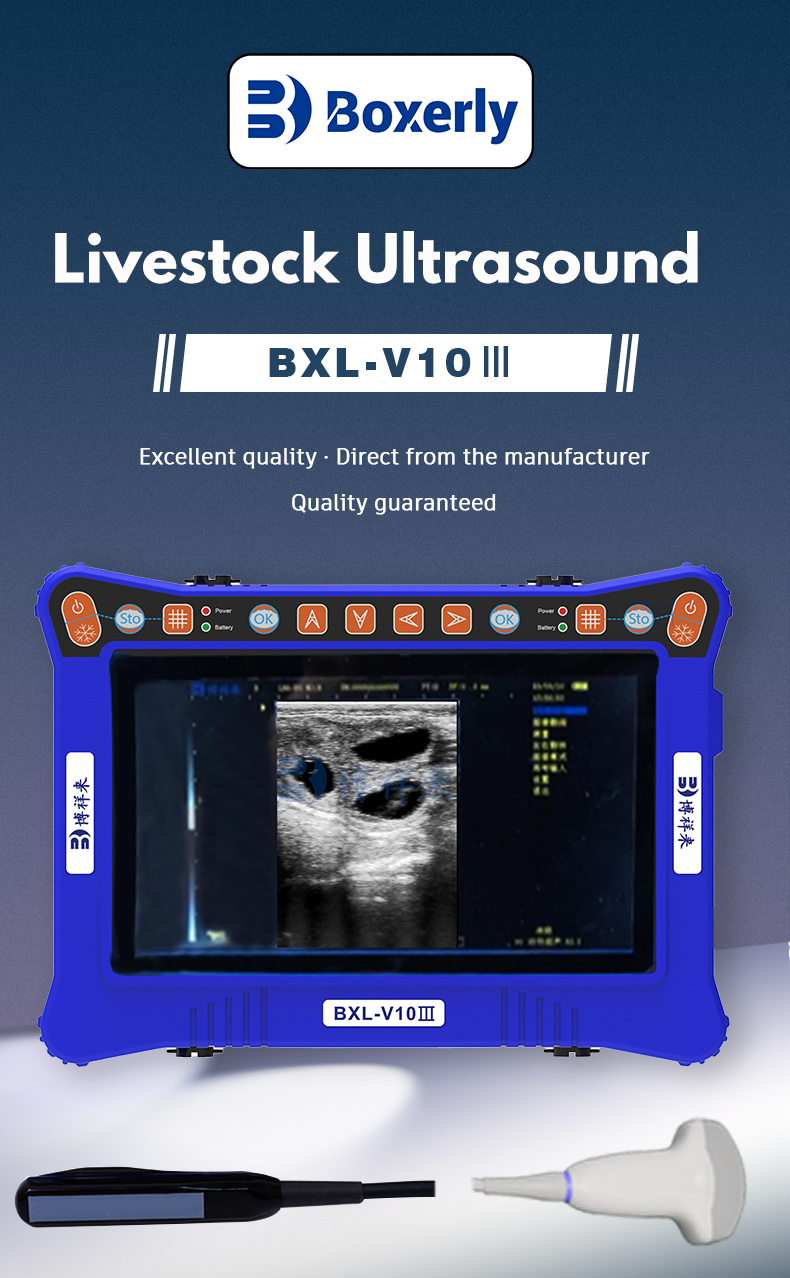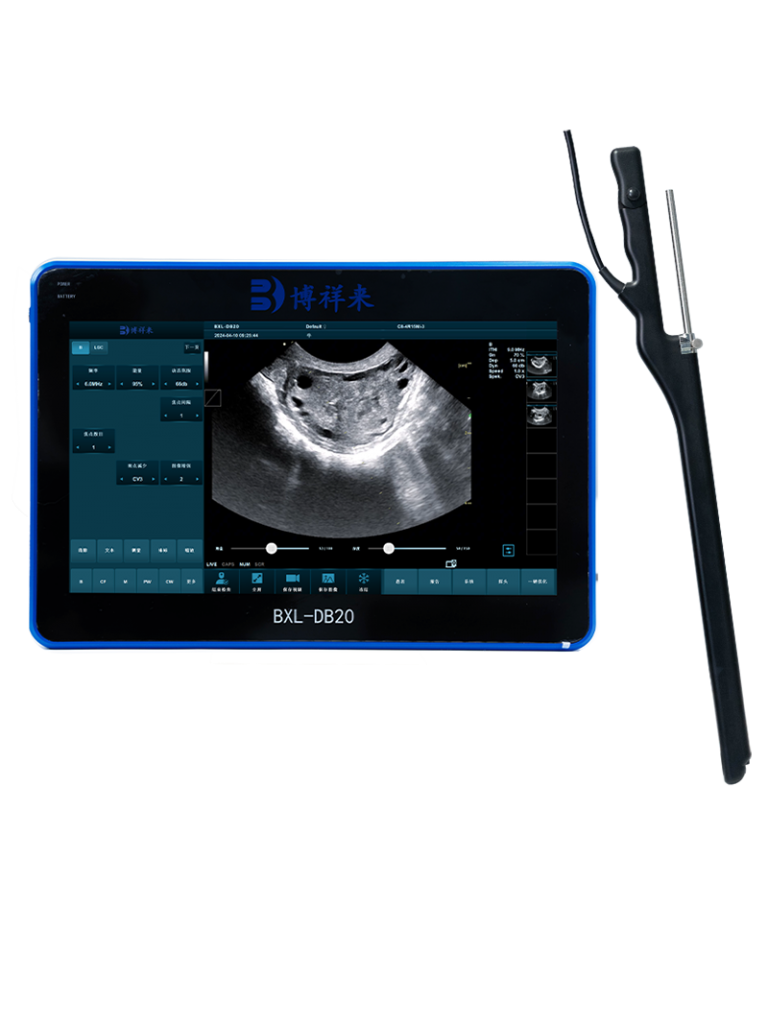what is the difference between veterinary ultrasound and medical ultrasound?
The primary difference between veterinary ultrasound and medical ultrasound lies in the species being examined and sometimes the specific equipment used, but the basic technology and principles are largely the same. Here’s a breakdown:

- Species and Anatomy:
- Veterinary Ultrasound: This is designed for animals, so the veterinary ultrasound technician (or veterinarian) must be familiar with a wide variety of species—dogs, cats, horses, exotic animals, etc. Different animals have different anatomical structures and sizes, so the approach to scanning will differ depending on the species and what’s being examined.
- Medical Ultrasound: This is primarily used on humans. The anatomy is more standardized, though it can still vary depending on the patient (e.g., a child vs an adult, or a pregnant woman vs a non-pregnant one).
- Equipment:
- While the core technology (sound waves creating images) is the same, the size and design of the equipment may differ slightly. For example, veterinary ultrasound machines may have more portable, rugged designs because they might be used in a variety of environments, such as in the field for large animals (e.g., horses, cattle). They also may have specialized probes for different animals.
- Medical ultrasound machines are typically larger, and the probes are designed specifically for human anatomy, such as transabdominal, transvaginal, or echocardiographic probes.
- Training:
- Veterinary Ultrasound requires specialized knowledge in animal anatomy and pathology. It’s not just about understanding how ultrasound works, but knowing how to interpret images in different species, which can be complex.
- Medical Ultrasound requires a similar level of expertise, but the focus is human-specific. Technicians (sonographers) and doctors are trained to identify human conditions through the images.
- Applications:
- Veterinary Ultrasound is used for diagnosing conditions in animals like pregnancy, heart disease, tumors, gastrointestinal issues, and musculoskeletal injuries.
- Medical Ultrasound is used for similar purposes in humans—such as monitoring pregnancies, detecting heart conditions, diagnosing abdominal or vascular issues, and so on.
In summary, both types of ultrasound use similar technology, but the application, training, and sometimes the equipment are tailored to the species being examined.





